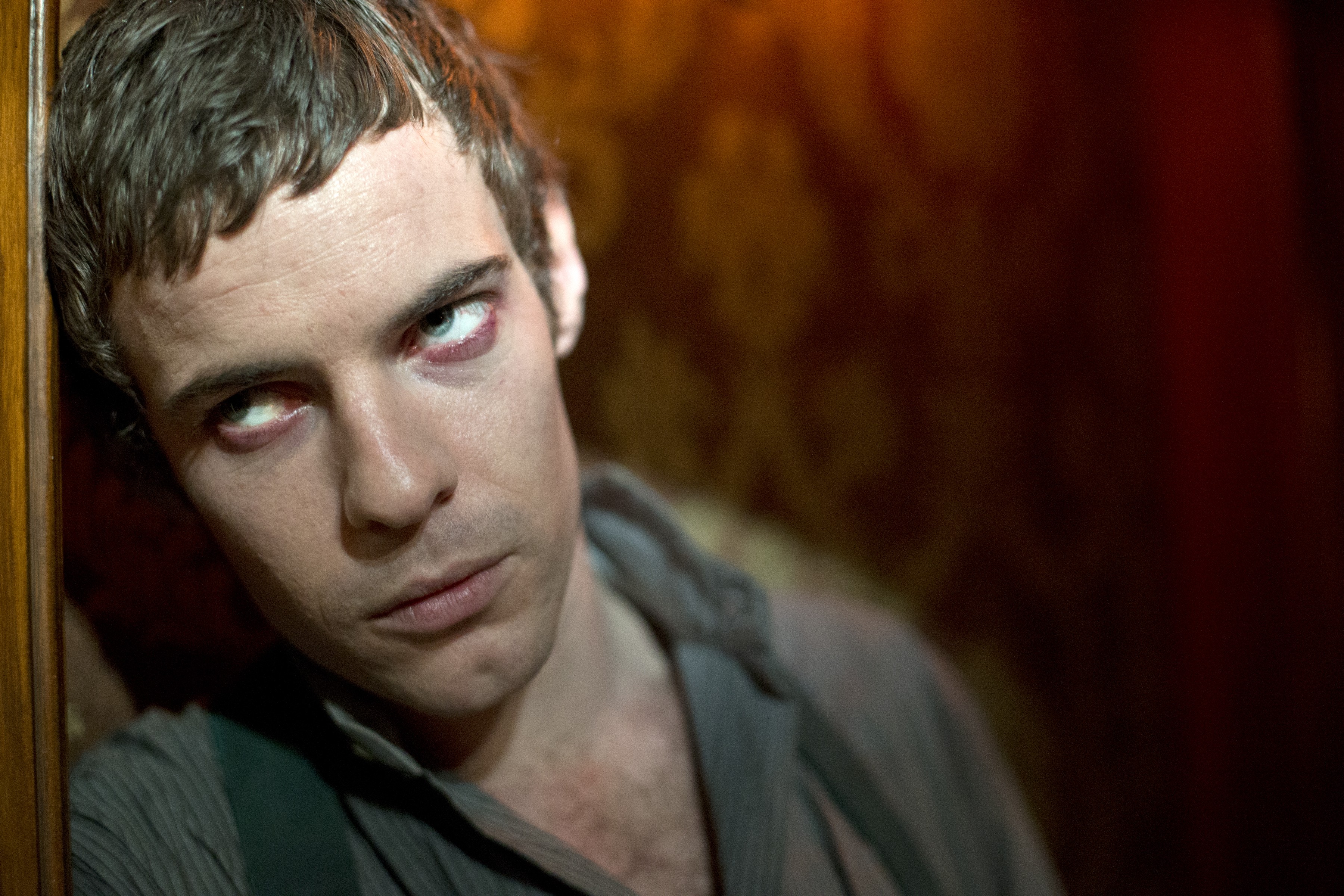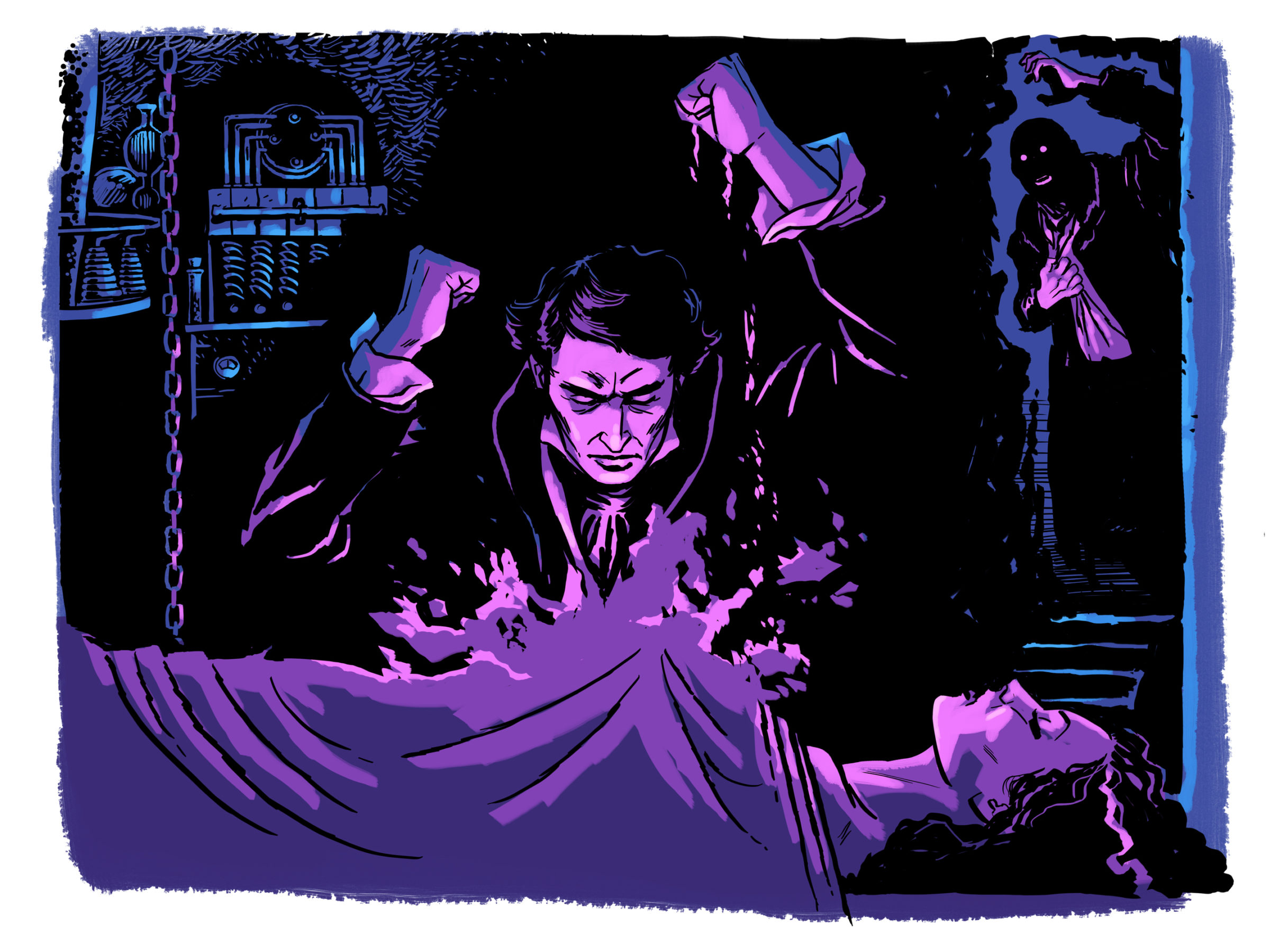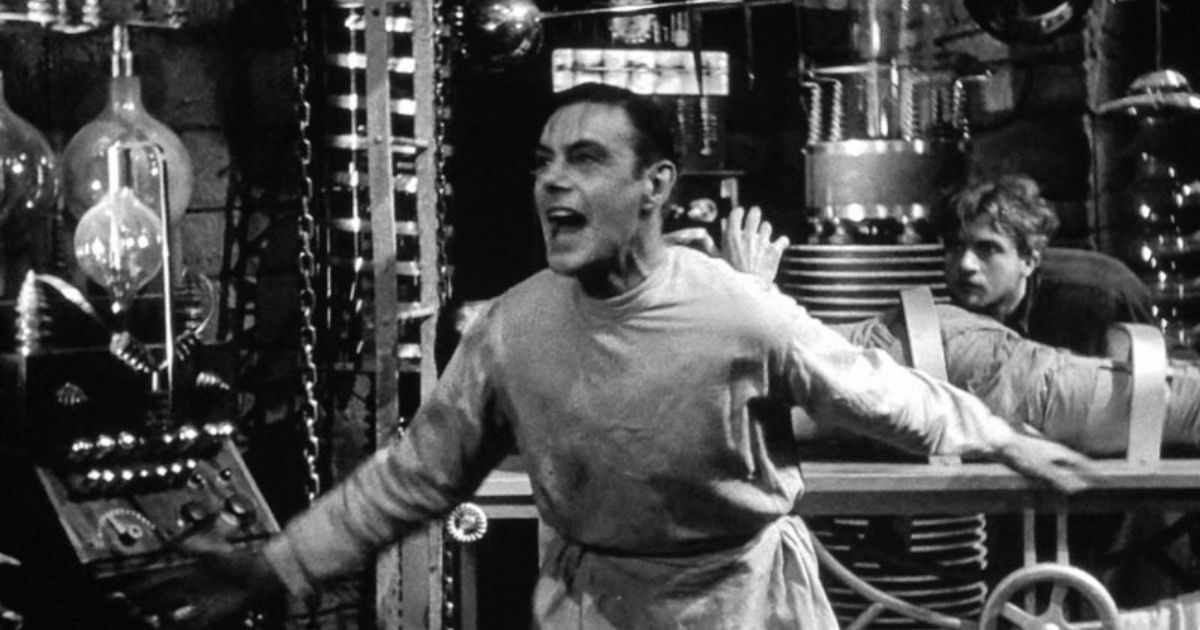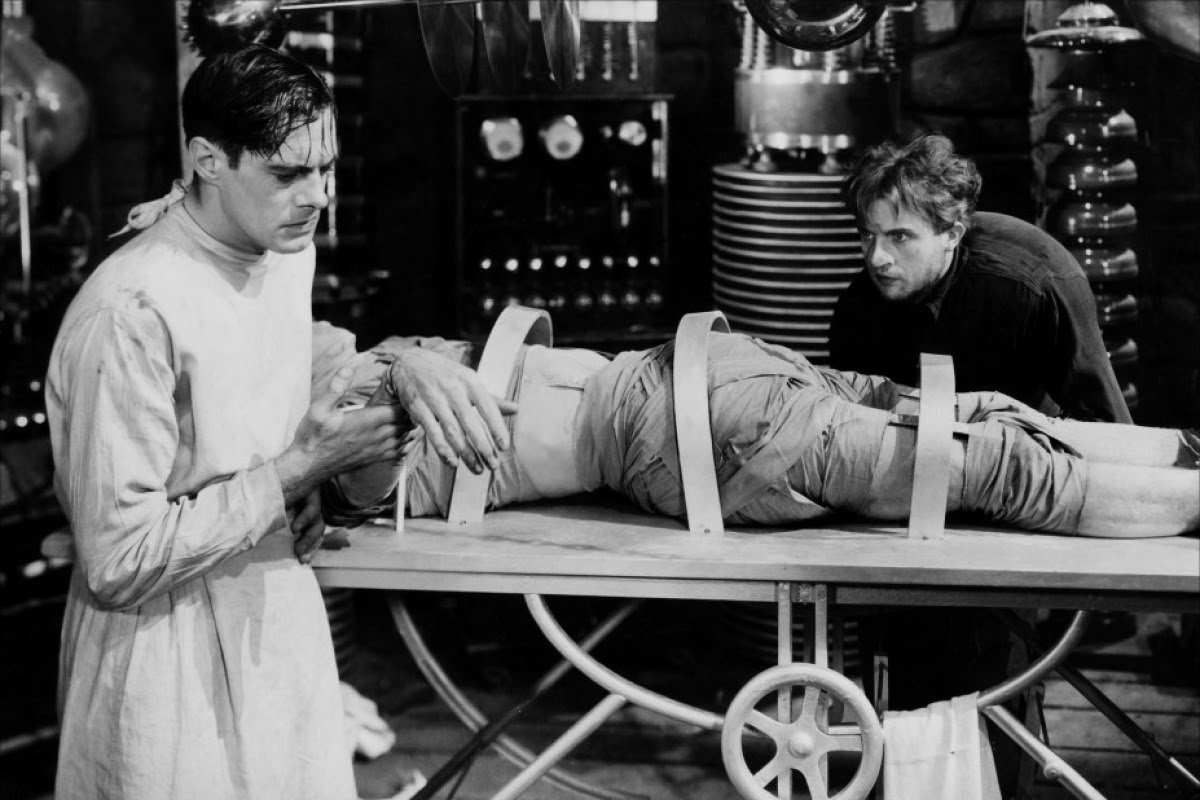Embark on a chilling literary journey with our comprehensive summary of Frankenstein Chapter 1, where Mary Shelley’s iconic tale of creation, ambition, and the darkness within takes its haunting first steps.
Prepare to delve into a world of scientific intrigue, familial bonds, and the fateful decisions that set the stage for a macabre masterpiece.
Introduction

Prepare to delve into the captivating realm of Mary Shelley’s literary masterpiece, Frankenstein. As we embark on this journey, Chapter 1 holds immense significance, setting the stage for a tale that has captivated readers for centuries.
In this chapter, we are introduced to Robert Walton, an ambitious explorer embarking on a perilous expedition to the North Pole. Driven by an insatiable thirst for knowledge and the allure of the unknown, Walton’s ship becomes the unlikely vessel for the unfolding narrative of Victor Frankenstein, the creator of the enigmatic creature that will forever bear his name.
Significance of Chapter 1
Chapter 1 serves as a crucial foundation for the novel, establishing several key elements that will shape the story’s trajectory.
- Introduction of Robert Walton: Walton’s perspective as an outsider provides a unique lens through which we encounter the tale of Frankenstein. His fascination with the Arctic and his relentless pursuit of knowledge foreshadow the novel’s themes of ambition, discovery, and the limits of human knowledge.
- Setting the Scene: The desolate and unforgiving landscape of the Arctic mirrors the emotional turmoil and isolation that will engulf the characters. The extreme conditions and vast, icy wilderness create an atmosphere of suspense and foreboding, hinting at the darkness that lies ahead.
- Framing the Narrative: Walton’s encounter with Victor Frankenstein sets up the epistolary structure of the novel. Through Walton’s letters to his sister, we gain access to Frankenstein’s own account of his fateful creation, adding depth and complexity to the narrative.
Setting and Characters

Chapter 1 of Frankenstein sets the stage for a tale of horror and wonder. The novel begins with the narrative of Robert Walton, a sea captain who embarks on an expedition to the North Pole. During his journey, he encounters Victor Frankenstein, a young scientist who is obsessed with creating life.
Setting
The story unfolds in the desolate and icy landscapes of the Arctic. Walton’s ship sails through treacherous waters, surrounded by towering icebergs and howling winds. The harsh and unforgiving environment mirrors the inner turmoil and isolation experienced by the characters.
If you’re wondering what happens in the first chapter of Frankenstein, let’s dive into a quick summary. In the book, we meet Victor Frankenstein, a scientist obsessed with creating life. But little does he know, his creation will become a monster that haunts him forever.
Speaking of monsters, have you heard about the drug devourer chapter 26 ? It’s a thrilling tale about a monster that feeds on drugs. Back to Frankenstein, in chapter 1, Victor’s creation comes to life, but it’s not the perfect being he imagined.
Instead, it’s a hideous monster that terrifies everyone who sees it. And that’s just the beginning of Victor’s nightmare.
Main Characters
The main characters introduced in Chapter 1 include:
- Robert Walton: A driven and ambitious sea captain who yearns for adventure and glory.
- Victor Frankenstein: A brilliant but arrogant scientist who becomes consumed by his quest to create life.
- The Creature: A monstrous creation brought to life by Frankenstein, who becomes an outcast and a symbol of the dangers of scientific hubris.
Relationships, Summary of frankenstein chapter 1
The relationships between the characters are complex and fraught with tension. Walton and Frankenstein form an unlikely bond, with Walton serving as a sympathetic listener to Frankenstein’s tale of woe. Frankenstein’s relationship with the Creature is one of fear and revulsion, as he grapples with the consequences of his actions.
Plot Summary: Summary Of Frankenstein Chapter 1

Chapter 1 of Frankenstein sets the stage for a captivating and eerie tale. It introduces the novel’s central characters and the mysterious circumstances surrounding the creation of the monster. The chapter is filled with foreshadowing and symbolism, hinting at the tragic events that are yet to come.
Motivations of the Characters
Victor Frankenstein is driven by an insatiable thirst for knowledge and a desire to create something extraordinary. His ambition blinds him to the potential consequences of his actions. The monster, on the other hand, is a complex figure who is initially innocent and渴望 affection. However, his rejection by society and the cruelty he faces turn him into a vengeful and destructive force.
In Mary Shelley’s “Frankenstein,” Chapter 1 introduces us to Victor Frankenstein, a young scientist consumed by an obsession to create life. While the chapter explores the origins of Frankenstein’s monstrous creation, it also sets the stage for the psychological torment that will consume him.
Archmage Transcending Through Regression Chapter 57 similarly delves into the complexities of a character’s transformation, as the protagonist navigates the challenges of regression and rebirth. Returning to “Frankenstein,” Chapter 1 concludes with Frankenstein’s fateful encounter with his creation, leaving us with a haunting reminder of the consequences of scientific hubris.
Foreshadowing and Symbolism
Chapter 1 is rich in foreshadowing and symbolism. The description of the Arctic landscape, with its icy desolation and towering icebergs, mirrors the cold and unforgiving nature of Victor Frankenstein’s quest. The monster’s creation is also laden with symbolism. The use of body parts from different corpses suggests that the monster is a patchwork of humanity, lacking a true identity.
In the eerie opening of Frankenstein, Chapter 1, Victor Frankenstein’s insatiable desire for knowledge leads him to a groundbreaking discovery. Yet, as his creation takes shape, he realizes the weight of his actions. Like the colossal undertaking in rebuild world chapter 46 , Frankenstein’s hubris blinds him to the consequences of his scientific pursuit, setting in motion a chain of events that will forever alter his life and those around him.
Themes and Symbolism

In Chapter 1 of Mary Shelley’s Frankenstein, the seeds of profound themes and potent symbolism are sown, hinting at the novel’s overarching exploration of humanity, morality, and the consequences of unchecked ambition.
Major Themes
- The Creation and Destruction of Life: The novel’s central premise revolves around the creation of life and the ethical implications that come with it. Victor Frankenstein’s creation of the monster raises questions about the boundaries of human knowledge and the responsibilities that come with wielding such power.
- The Nature of Good and Evil: Frankenstein delves into the complexities of good and evil, exploring the darkness that can reside within even the most well-intentioned individuals. The monster’s transformation from a gentle creature to a vengeful being raises questions about the nature of humanity and the role of society in shaping it.
- The Dangers of Unchecked Ambition: Victor Frankenstein’s obsessive pursuit of knowledge and the creation of life ultimately leads to his downfall. The novel serves as a cautionary tale about the dangers of unchecked ambition and the importance of considering the consequences of one’s actions.
Symbolism
Shelley employs powerful symbolism throughout Chapter 1 to enhance the novel’s themes and create a deeper level of meaning.
- The Monster: The monster itself is a potent symbol of both the potential and the dangers of unchecked ambition. Its grotesque appearance represents the societal rejection and isolation that Victor’s creation experiences, while its thirst for revenge symbolizes the destructive consequences of unchecked power.
- Light and Darkness: Light and darkness are recurring symbols in the novel, representing knowledge and ignorance, good and evil. Victor’s initial excitement and fascination with his creation is depicted in bright, sunny weather, while the monster’s rejection and descent into darkness occurs during stormy, gloomy nights.
- The Weather: The weather conditions in Chapter 1 also carry symbolic significance. The stormy weather that accompanies the monster’s creation foreshadows the chaos and destruction that will follow, while the calm, clear weather that follows his departure represents a brief respite before the inevitable conflict.
The themes and symbolism in Chapter 1 of Frankenstein lay the foundation for the novel’s exploration of humanity, morality, and the consequences of unchecked ambition. Shelley’s masterful use of language and imagery creates a rich and complex narrative that continues to captivate and challenge readers to this day.
Ending Remarks

As we close the pages on Chapter 1, the stage is set for a tale that will forever haunt the annals of literature. Shelley’s evocative prose and thought-provoking themes have captivated generations, leaving an enduring legacy that continues to inspire and horrify in equal measure.
